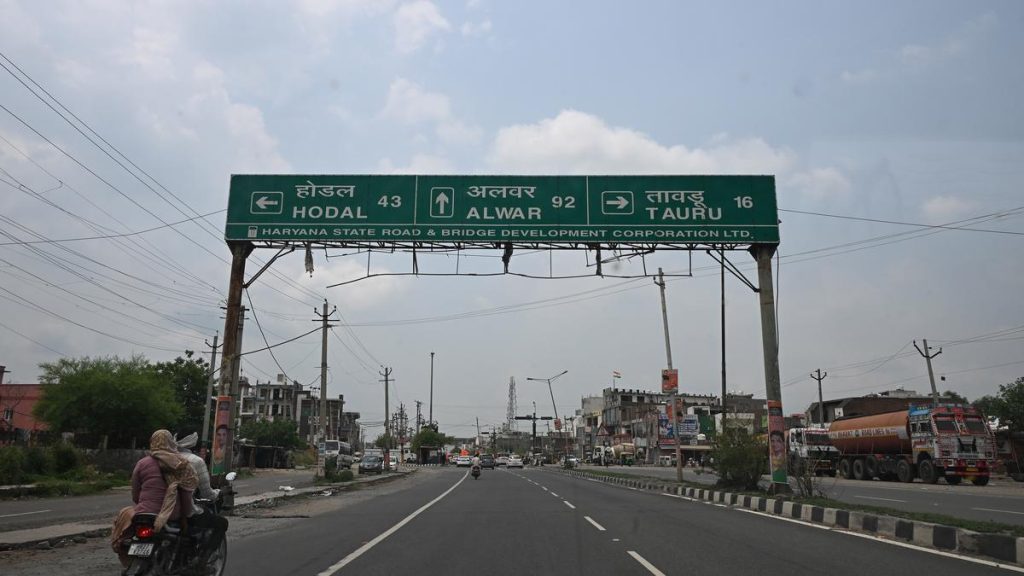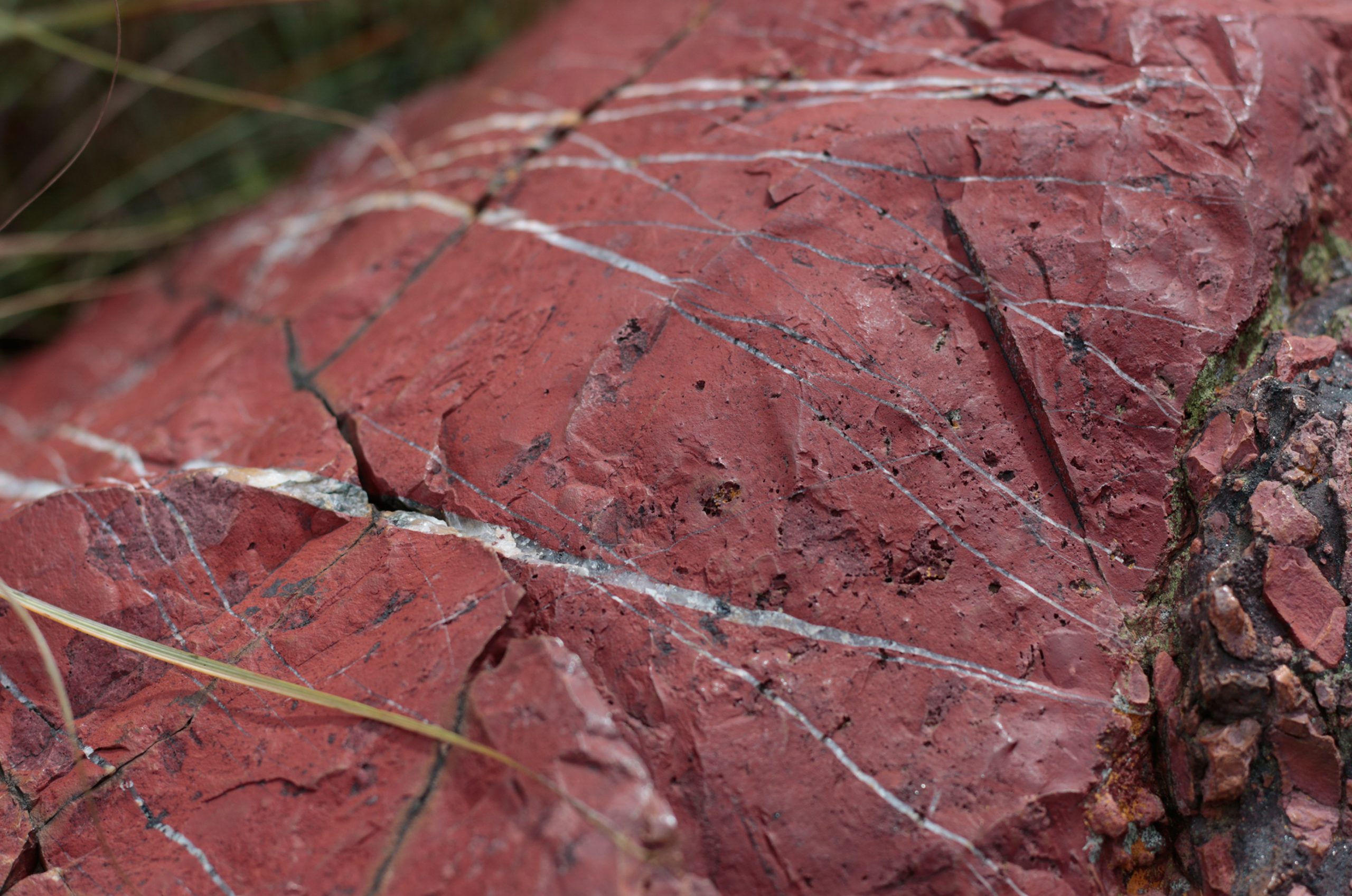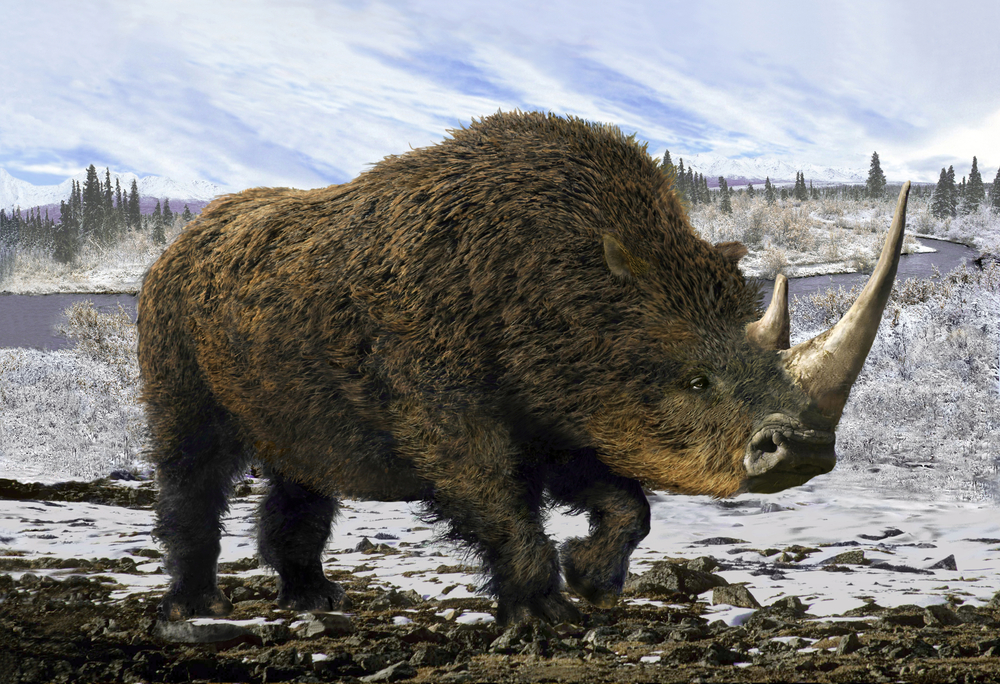Now Reading: Eocene Asteroid Strikes Had Minimal Long-Term Impact on Earth’s Climate
-
01
Eocene Asteroid Strikes Had Minimal Long-Term Impact on Earth’s Climate
Eocene Asteroid Strikes Had Minimal Long-Term Impact on Earth’s Climate

Quick Summary
- A study published in Communications Earth & Surroundings investigated teh climate impact of two massive asteroid hits from the late Eocene epoch, approximately 35.65 million years ago.
- The asteroids struck Earth about 25,000 years apart but showed no evidence of causing long-term climate changes.
- One asteroid formed the Chesapeake Bay Crater (25-55 miles wide), and the other created Russia’s Popigai Crater (60 miles wide). Both are among earth’s largest known craters.
- Researchers analyzed fossilized shelled sea creatures called foraminifera found in ocean-floor sediment to reconstruct ancient ocean temperatures during the time of these impacts.
- carbon and oxygen isotope analysis revealed no significant shifts in ocean temperatures following these events.
- Short-term effects such as shockwaves, tsunamis, fires, and blocked sunlight likely occurred but would not have been detectable using their longer-dated sampling methods (every 11,000 years).
- Smaller asteroid impacts during this period also left behind traces like droplets of silica glass formed by extreme heat during collisions.
Images: microscope images of silica droplets (“microspherules”) are included in the source text.
Indian opinion Analysis
This study challenges assumptions about asteroid impacts being universally catastrophic over geological timescales. Although larger events like the Chicxulub Impactor caused global mass extinctions and climate upheaval associated with dinosaur extinction, these late Eocene collisions demonstrate that even sizable impacts need not necessarily induce lasting planetary disruption. For india-with its ongoing efforts to explore space technologies-the findings highlight Earth’s resilience while underscoring how localized or short-term effects could still pose significant threats if similar incidents occurred today. As research deepens into past cosmic events, it underlines India’s strategic need for enhanced meteor monitoring systems as part of planetary defense measures against potential future hazards.
























